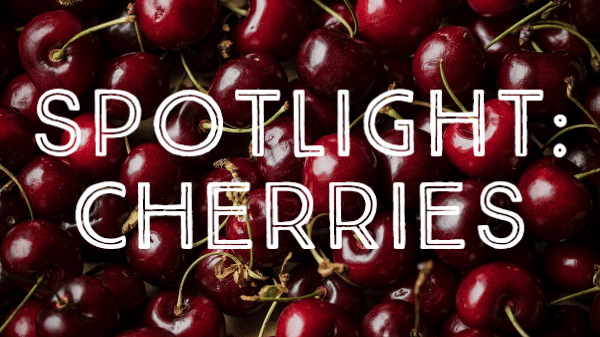In California, water is an eternally hot topic with a familiar refrain: farmers complain that in addition to droughts, when California does have enough snowpack, the water runoff infrastructure is designed to direct water out to sea as quickly as possible.
One veteran bemoans that only half the dams recommended by Governor Edmund “Pat” Brown Sr. in the early 1960s have been developed. The result is frequent shortages and prohibitive prices.
Another perennial issue is the cost and availability of labor to get fruit from the trees to stores. Grower-shippers must factor in higher labor costs but can’t reflect them in their pricing. This is true from Bakersfield to the Yakima Valley to the Hood River Valley and well beyond.
Warren Sarafinchan is CEO of B.C. Tree Fruits Cooperative BB #:116324 in Kelowna, BC. Canada has a program similar to H-2A for foreign workers, but he echoes what many of his U.S. counterparts say: “Finding enough skilled labor is a challenge. In some jurisdictions, the minimum wage has gone up, and growers are trying to find ways to offset those costs.”
Kathryn Klein, vice president at Hood River Cherry Company BB #:170470 in Hood River, OR, agrees, noting, “Our biggest ongoing challenge is the cost of labor; we do everything by hand, so labor is high. We take care of our employees, so they keep coming back, and we haven’t needed guest workers. If it means buying them lunch every day, we’re happy to do it.”
Domex Superfresh uses a mix of full-time and temporary workers.
“Harvesting cherries and pruning trees is skilled work,” says Mike Preacher, director of marketing and customer relations at Domex Superfresh Growers, LLC BB #:113721 in Yakima, WA. “We leverage the H-2A worker program and have resident employees, too. We pay pretty well, but with full employment, it’s still challenging.”
Mac Riggan, marketing director for Chelan Fresh Marketing BB #:170403 in Chelan, WA, looks forward to the day when most picking is automated, but that scenario doesn’t seem to be in the immediate future.
This is a multi-part feature adapted from the Cherries Spotlight of the March/April 2020 issue of Produce Blueprints.



